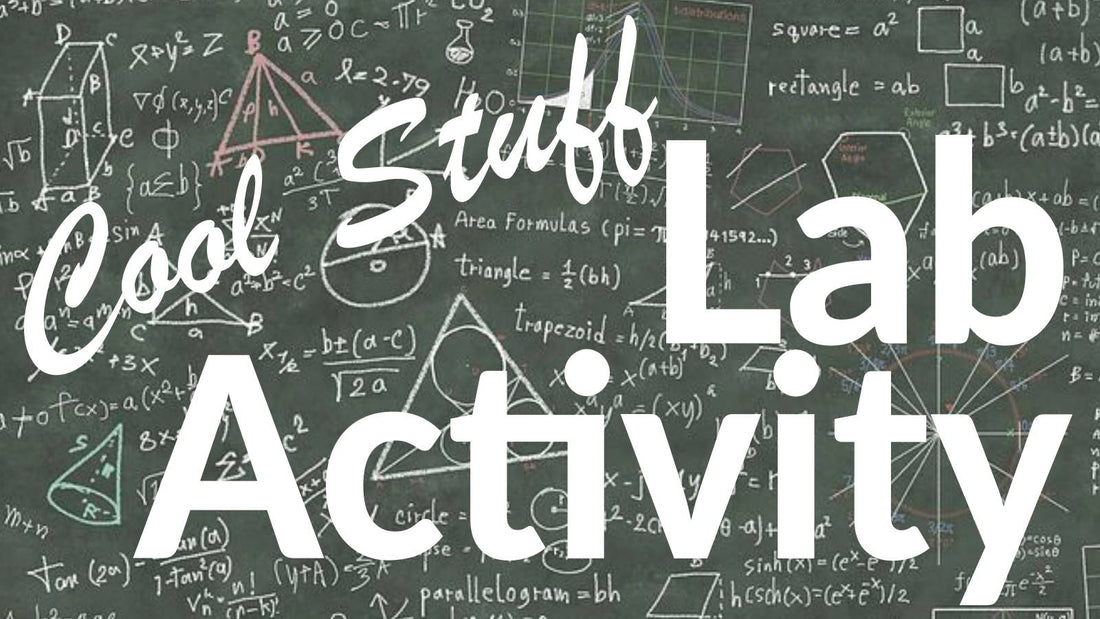The first experiment will use very basic equipment to measure an important quantity, the acceleration of an object in freefall. This is also known as the acceleration due to gravity, or g. The acceleration due to gravity is nearly the same at all points on the earth's surface, 9.8 m/s2. You will compare your result to this accepted value. The second experiment will use a data-logger and photogates to measure the acceleration due to gravity. The "picket fence" has been used since photogates were developed to measure acceleration. The "pickets" block the photogate in sequence, giving a series of velocity readings. Using the velocities and the times between those velocities, the data-logger (or the student) can calculate the acceleration of the picket fence. The third experiment will use a data-logger and motion sensor (or sonic ranger) to measure the acceleration due to gravity.
Required Equipment
Acknowledgements: Thank you to Cary Busby for her work in developing this lab. Cary has been High School Physics teacher and has presented physics related workshops at NSTA conferences and State science conferences around the country.


